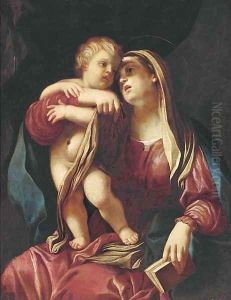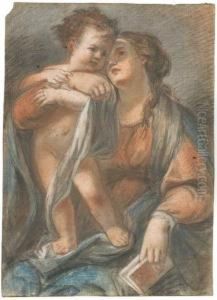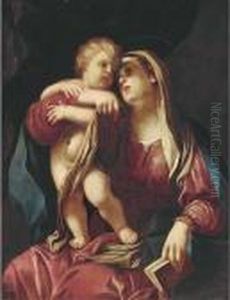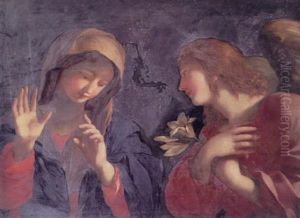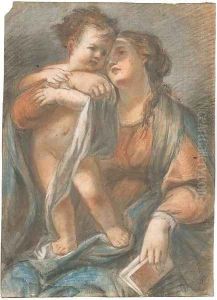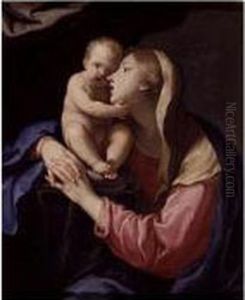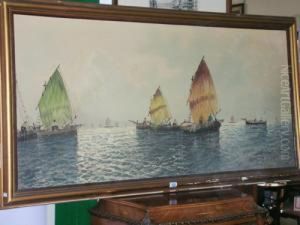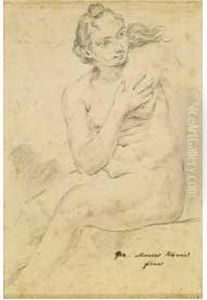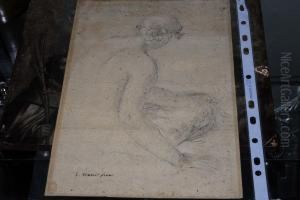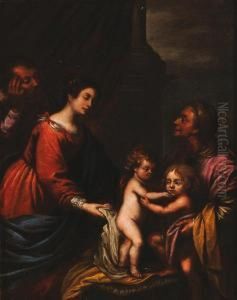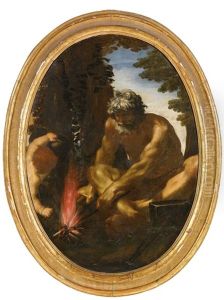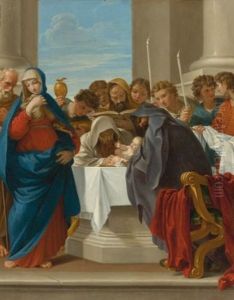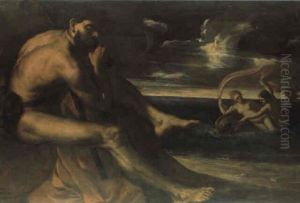Giovanni Maria Viani Paintings
Giovanni Maria Viani was an Italian painter and engraver of the Baroque period, born in 1636 in Bologna, then part of the Papal States. Viani was a product of the flourishing Bolognese School, which had a profound impact on the art of the era. He trained under Flaminio Torre and later under Domenico Maria Canuti, whose style influenced him significantly. In 1651, he became a member of the Accademia di San Luca, an institution pivotal in his career development.
Viani worked mainly in Bologna and was known for his religious and mythological paintings, as well as his portraiture. His works are characterized by their dynamic compositions, robust figures, and expressive use of light and color, hallmarks of the Baroque aesthetic. Viani was also known for his frescoes, which adorned many churches and palaces in Bologna, contributing to the city's artistic legacy.
Throughout his career, Viani collaborated with other artists and took on several students, perpetuating the Bolognese tradition. He became the principe, or head, of the Accademia Clementina in Bologna, a testament to his influence and reputation in the local art scene. Giovanni Maria Viani passed away in Bologna in 1700, leaving behind a body of work that reflects the vibrancy and dynamism of Baroque art.
